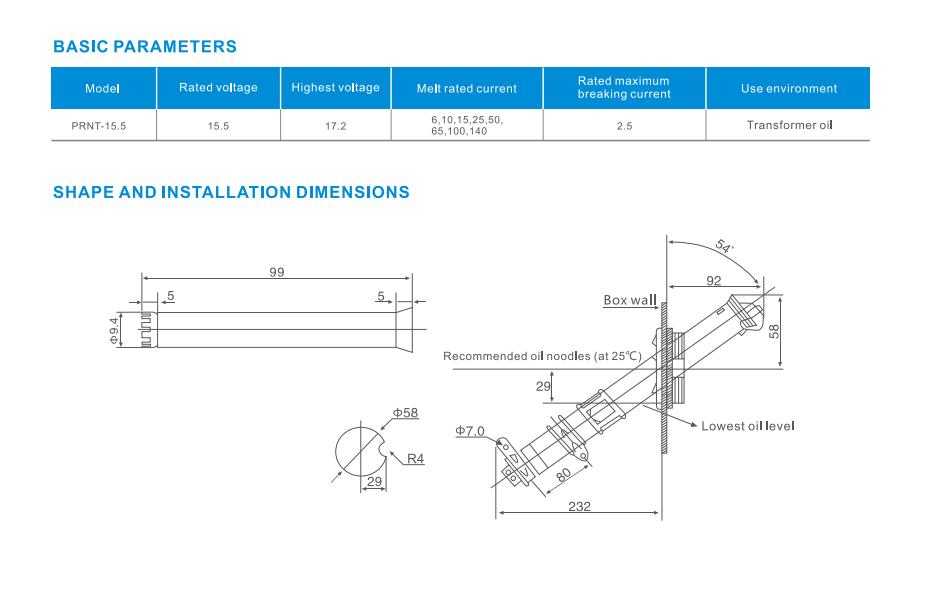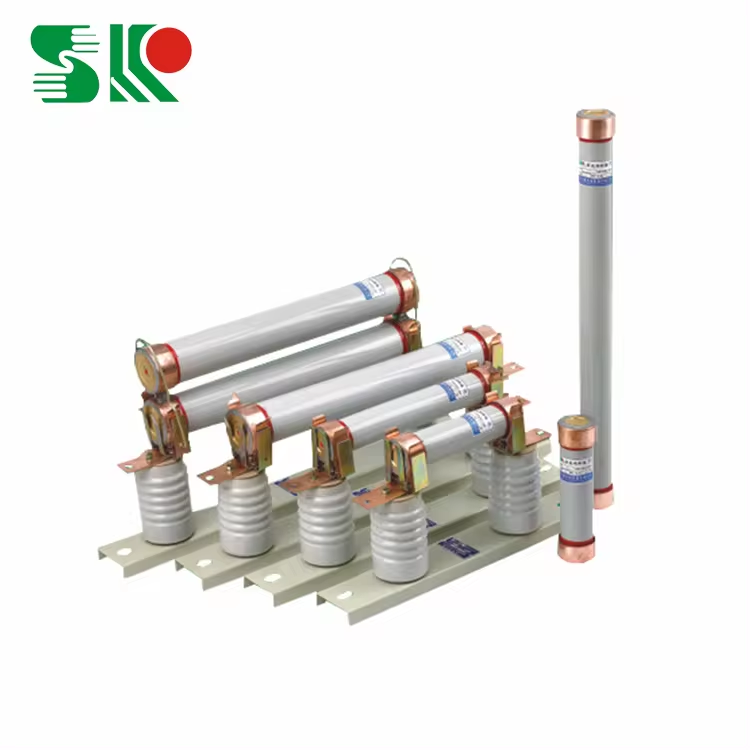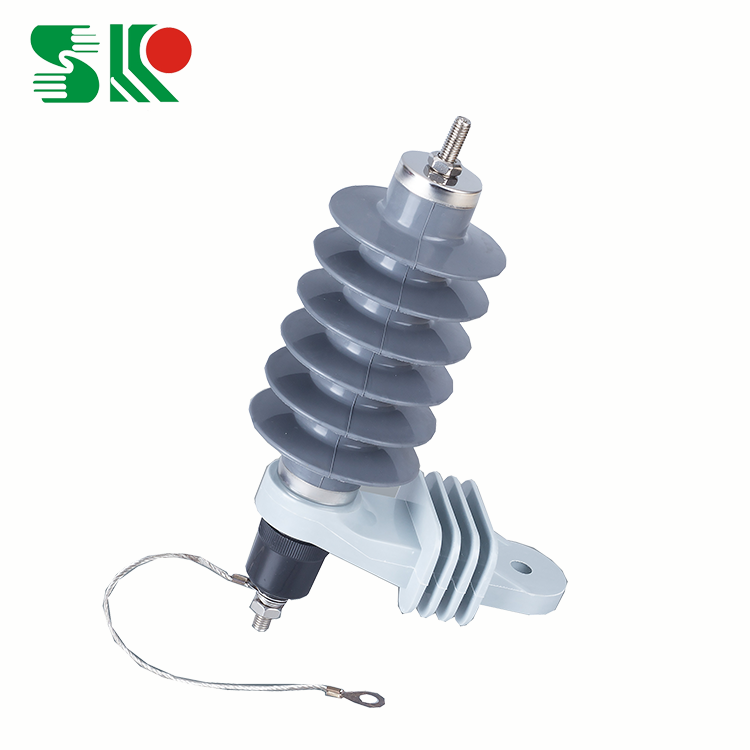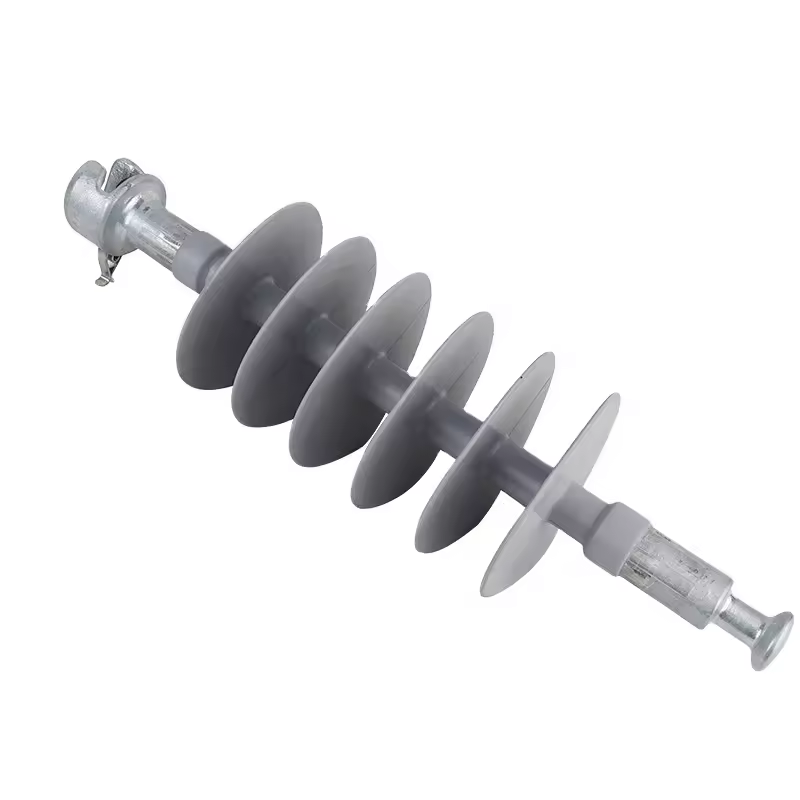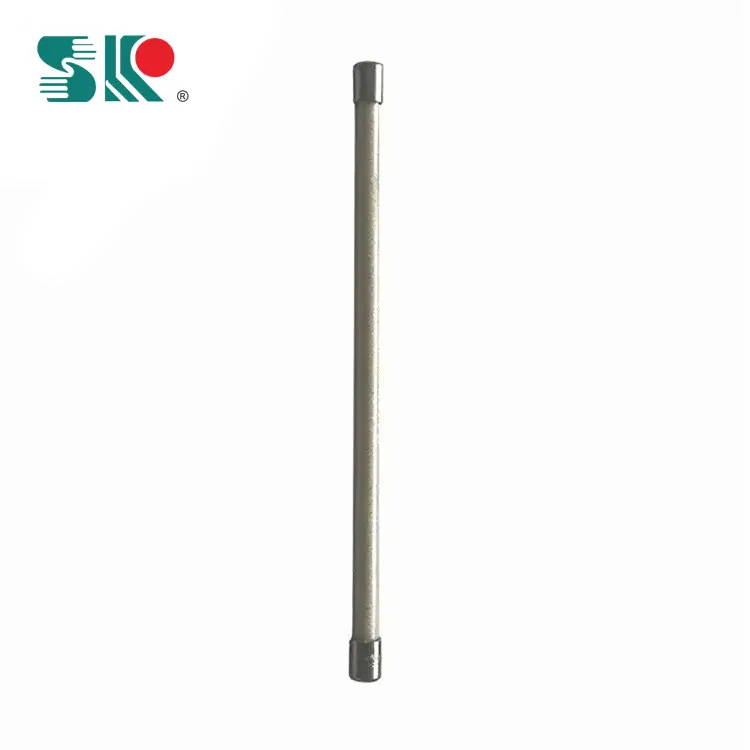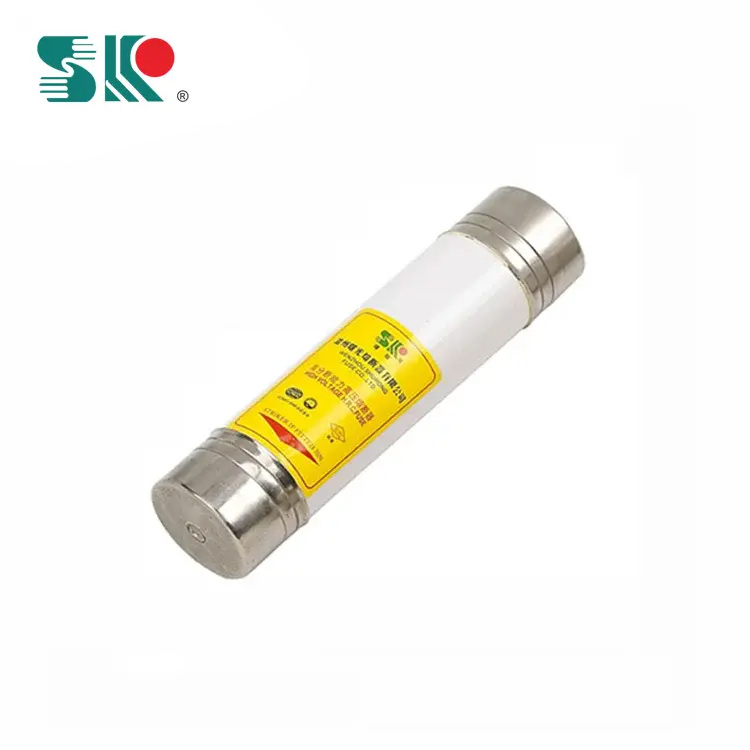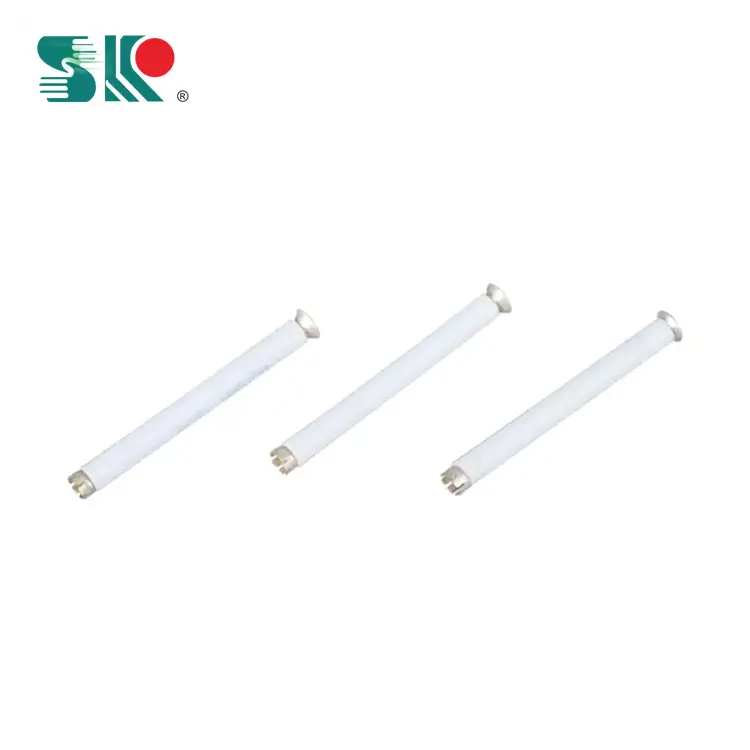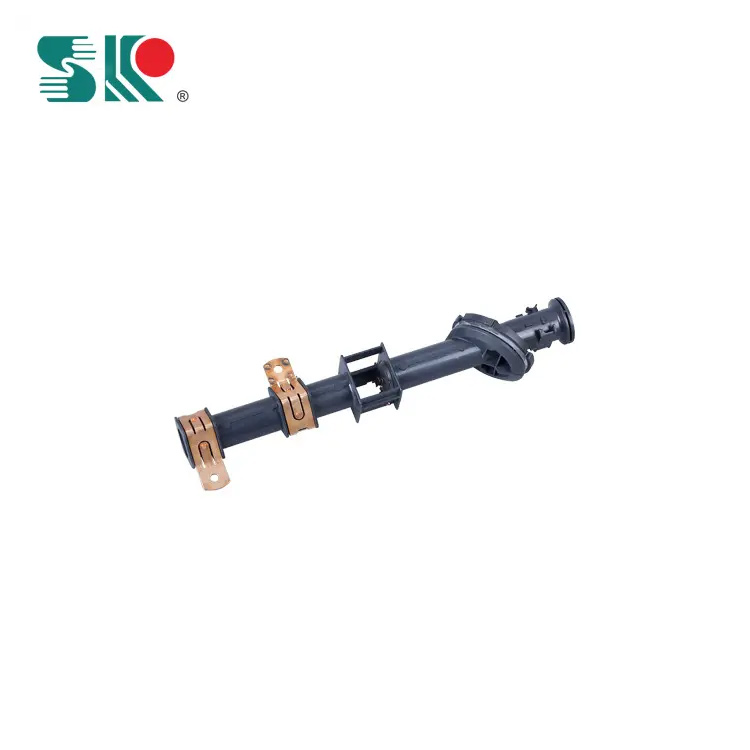Bay-O-Net Fuse Link-Transformer Protection Devices
Description
Bayonet fuses are widely used in padmount transformers and are considered the industry standard for transformer fusing. These fuses are a type of expulsion fuse, which is commonly used in electrical distribution systems on utility poles and inside transformers.
Expulsion fuses, including bayonet fuses, have a thin, fusible element that melts when subjected to high current or temperatures. When the element melts, it creates an arc inside the fuse housing. The arc heat interacts with a special lining in the housing, generating gasses that fill the housing and quickly extinguish the arc, and prevent current flow.
Bayonet fuses are designed to handle most common electrical distribution system issues, such as overheating, overloading, secondary faults, and low level short circuits which might damage the transformer depending on their magnitude and duration. The cause of these issues can typically be identified, and resolved by experienced electrical workers, and (if quickly cleared by the bayonets) do not often cause lasting damage. Once the issue is resolved, the bayonet fuse is replaced, and the transformer can be energized.
